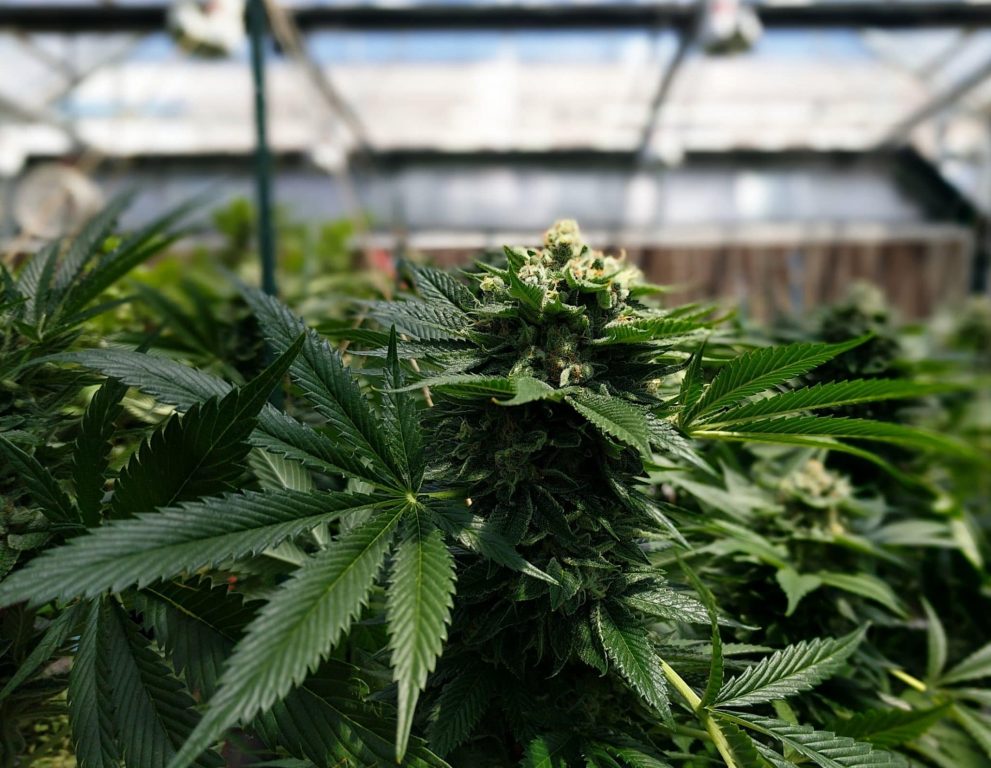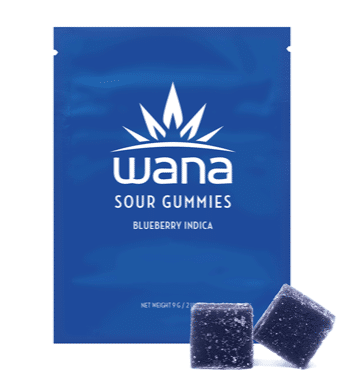
The signs point to further consolidation on the immediate horizon in the Canadian cannabis retail market, according to Frederico Gomes of ATB Capital Markets, who in a February 16 report said that the larger retailers are likely to benefit most from the movement in cannabis retail. Gomes said retail remains the most attractive investment opportunity in Canadian cannabis due to a combination of growth, valuation and optionality.
From the consolidation perspective, Gomes believes the primary drivers will be fragmentation and store saturation as no Canadian retailer currently has over five per cent market share, with more competition across every Canadian province driving margins and sales down on a per store basis.
In Gomes’ view, large retailers stand to benefit on account of having more stable access to capital. He also sees the prairie provinces, Alberta in particular, as being a bellwether for what could happen with Ontario’s future market, as Ontario is on a similar track to exceed one store per 10,000 inhabitants.
“AB has the lowest average annual sales per licensed store in Canada (about $1 million) despite having the highest average annual sales per inhabitant (about $171),” Gomes said. “These data indicate that more stores increase cannabis accessibility and expand the size of the overall market; however, for retailers, this expansion is offset by the impact of competition as sales per store decline. Using AB as a benchmark, we could see a roughly 20 per cent decline in average sales per store in ON over this year as new stores continue to open.”
Accordingly, Gomes believes consolidation for retailers will happen faster than the two-year window he previously projected for licensed producers, pointing to key factors like the asset-light retail model while being more conducive to scale advantages, as well as greater capital asymmetry among retailers.
“LPs are struggling with a lack of consumer loyalty and pricing power and no built-in cost advantage due to inconsistent large-scale cultivation, early-stage manufacturing, and continually evolving consumer preferences,” Gomes said. “For retailers, competition is mostly local, increasing the benefits of geographical diversification. Loyalty programs and e-commerce infrastructure (websites, delivery, pick-up) are examples of elements favoring larger retailers. In most industries, retail is a game of scale; notwithstanding regulations, we believe cannabis retail in Canada is no different.”
Going forward, Gomes believes solid investments can still be made by basing decisions on the quality of a particular operator, its capital position or access to capital, and its diversification. In particular, Gomes has his eyes locked on Toronto-based independent retailer Fire and Flower (Fire and Flower Stock Quote, Chart, News TSX:FAF) and Calgary-based producer High Tide Inc. (High Tide Stock Quote, Charts, News, Analysts, Financials TSXV:HITI).
In his December 14 analysis coinciding with the company’s third quarter financial results being released, Gomes viewed Fire and Flower in a positive light with an “Outperform” rating, paired with a target price of $15/share and a projected one-year return of 158 per cent.
Gomes pointed to the company’s success with its recent Hifyre acquisition, which carries a 100 per cent gross margin as a digital asset, along with its partnership with the Alimentation Couche-Tard chain of convenience stores as reasons for optimism around the company.
“We view FAF as one of the long-term winners in the Canadian retail space due to their partnership with Alimentation Couche-Tard, digital capabilities, and strong capital position,” Gomes said.
Meanwhile, on February 3, Gomes gave High Tide a “Buy” rating and $13.25/share price for 164 per cent projected return, saying,
“With a diversified platform that has exposure to Canadian cannabis retail, accessories, and US CBD, we believe that HITI is aggressively competing for market share in Canada, while continuing to grow international sales. In our view, the Company’s diversified platform carries attractive optionality and large potential upside, including from a potential US THC federal legalization,” Gomes wrote.
High Tide posted $53.9 million in revenue for its recently completed fourth fiscal quarter of 2021, beating the ATM projection of $51.9 million and the consensus estimate of $52.5 million, while maintaining $14 million in cash on hand and an additional $39.2 million under its ATM, which Gomes believes will come into play as High Tide looks to expand its operations.
Overall, Gomes believes Canadian cannabis retail consolidation will happen over the next 12 to 18 months driven by fragmentation, store saturation, and capital scarcity among smaller players.
“As consolidation takes place, larger retailers will increase share and outpace the overall industry’s growth,” Gomes said. “We have a high conviction in FAF and HITI as names to own in this environment; given their current valuation, investors could buy Canadian retail at a discount and get other business segments + US THC optionality for free. In our view, the short-term pain of sales per store and margin compression impacting all players in the industry—which we believe will persist through 2022—offers an attractive entry point for investors.”
Leave a Reply
You must be logged in to post a comment.






 Share
Share Tweet
Tweet Share
Share




Comment